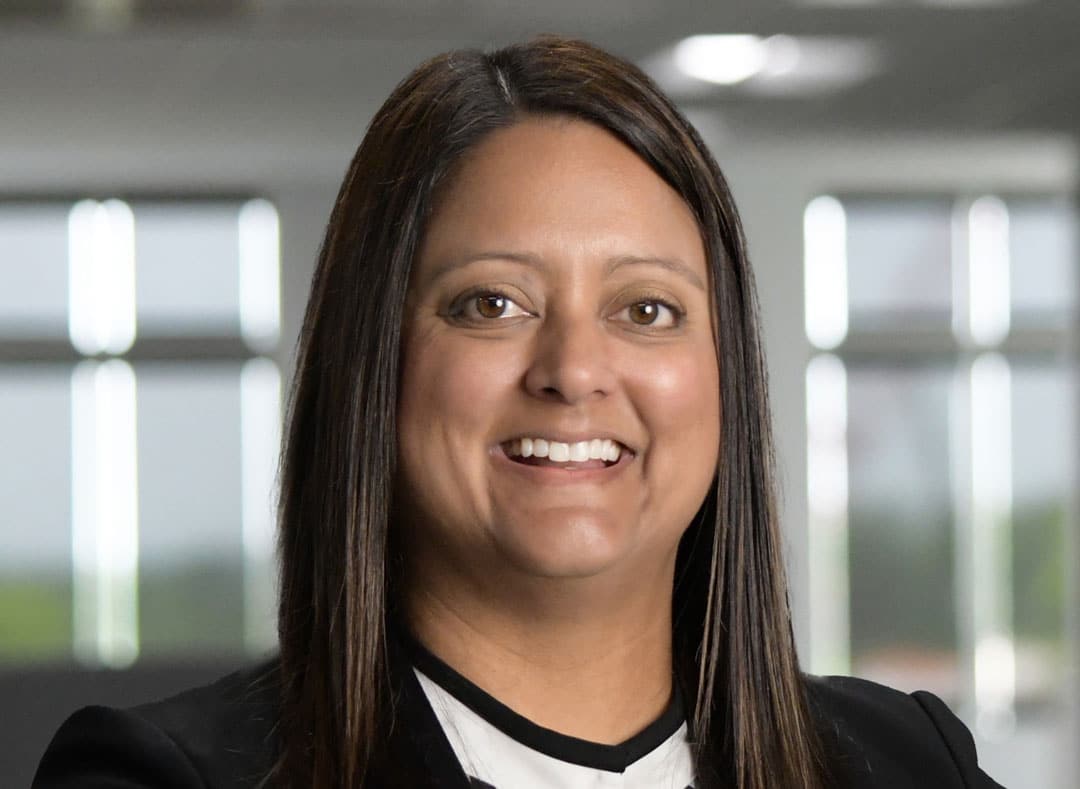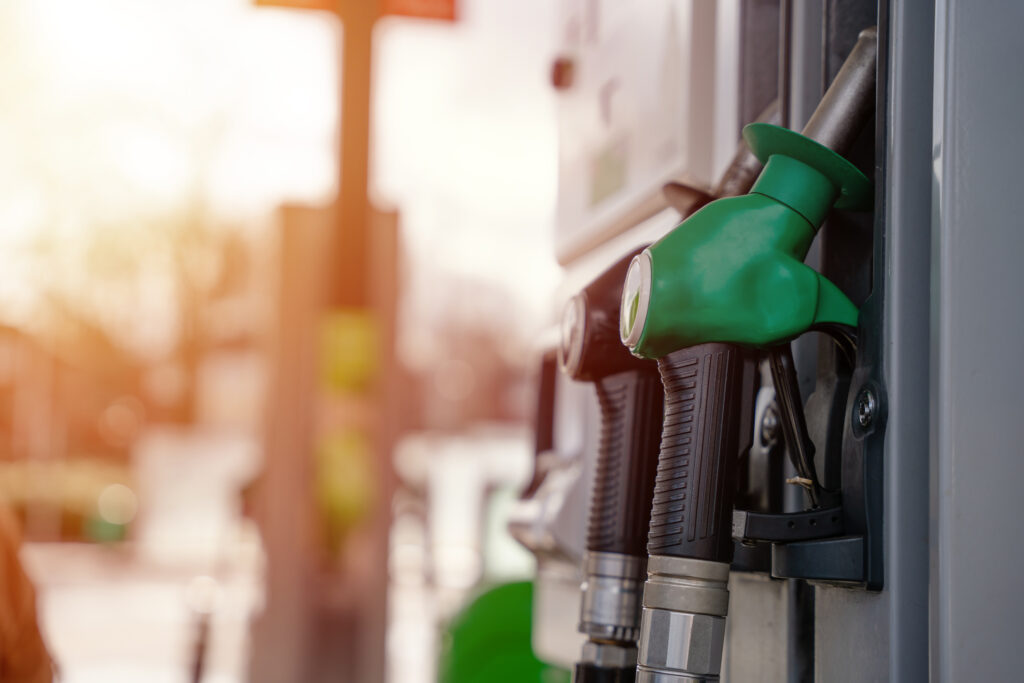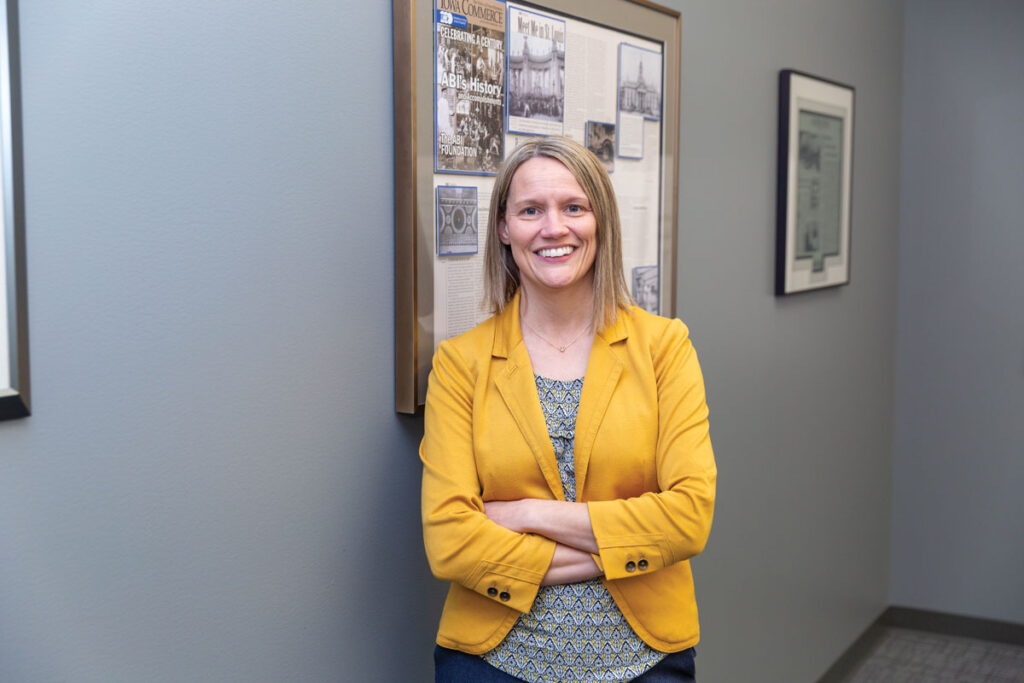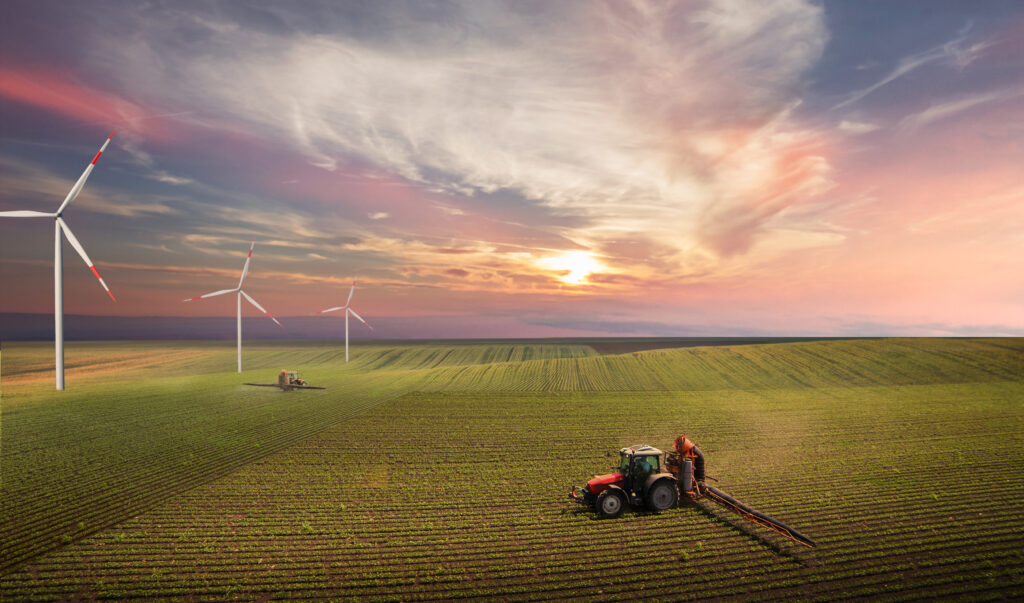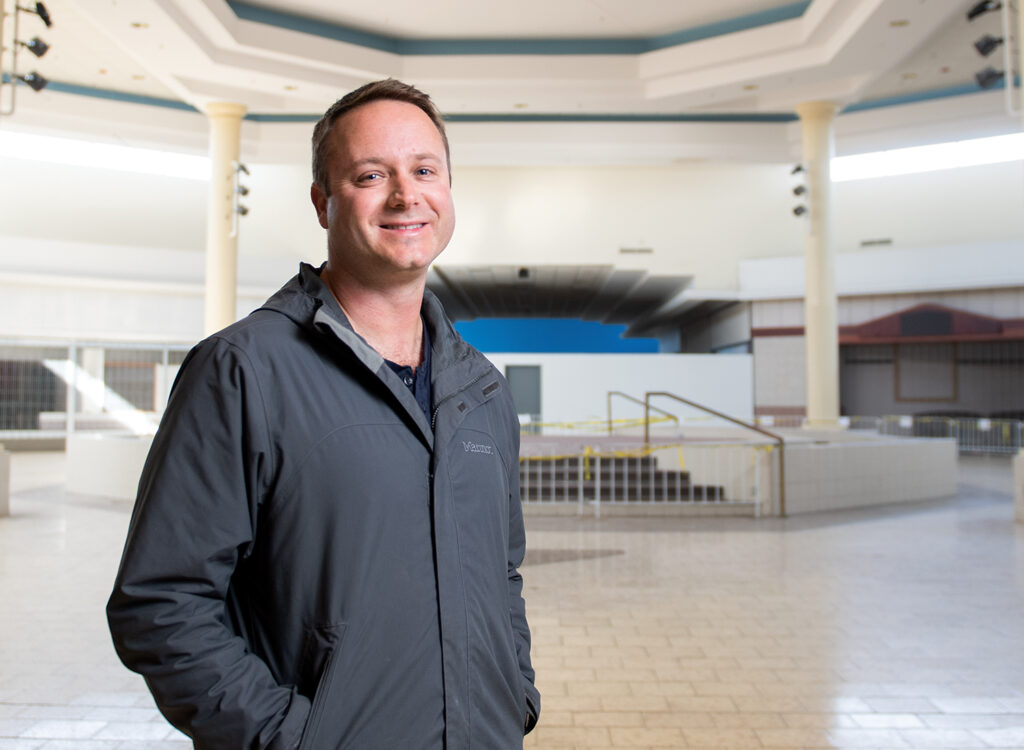A Closer Look: Mayuri Farlinger
President, Interstate Power and Light Co. and vice president, operations, Alliant Energy

Mayuri Farlinger was already familiar with the utility industry when she accepted an internship at Alliant Energy because her dad worked in the field for more than 40 years.
She said in her 20 years with the public utility, which operates utility companies in Iowa and Wisconsin, one thing she’s learned is that a lot of elements have to come together to make sure that “the lights stay on and the gas flows.”
“That’s one of the things that I love about this industry and the work that I do is that there is an opportunity every day to learn something new because there is so much happening,” Farlinger said.
Providing an essential service to residents and businesses makes the work meaningful to her.
“Once I came in for my internship and then started in those early years, I realized that the work that we do within this industry has such a big impact on everybody’s lives every single day. A lot of times customers don’t even think about us, but they rely on the service that we provide for everything that they do,” she said.
In May, Farlinger became president of Interstate Power and Light Co., Alliant’s Iowa utility company, succeeding Terry Kouba, who retired. She served as vice president of community and customer engagement before becoming president in addition to various past roles in Alliant’s finance, regulatory, field engineering and customer renewables departments.
Her responsibilities as president include helping Alliant move toward its clean energy goals. Currently about 50% of the energy provided to customers in Iowa comes from renewable energy generation, Farlinger said.
She said Alliant’s company-wide clean energy vision includes an “aspirational” goal of reaching net-zero greenhouse gas emissions by 2050.
The utility’s mix of energy sources has shifted in recent years. It produced 19% of its energy portfolio from coal in 2023, down from 44% in 2005. Energy produced from renewable energy sources sits at 43%. That’s up from 5% in 2005, with a goal to reach 50% by 2030.
Other movements on Alliant’s 2030 clean energy goals include reducing carbon dioxide emissions by 38% between 2005 and 2022 with a goal of reaching a 50% reduction from 2005 levels over the next six years. The utility is also working to reduce its electric utility water supply by 75% and electrify all light-duty fleet vehicles before 2030.
Being in a customer-facing role over the past few years, Farlinger said what customers want has and will continue to guide Alliant’s organizational strategy and investment.
“I’ve been in many roles where I have the opportunity to talk to large customers, I have the opportunity to talk to residential customers. One of the themes that we see from industry is that desire for sustainable energy. Some customers are on a faster path than others, and for those customers, we’ve got different solutions,” she said.
The Business Record recently caught up with Farlinger.
This Q&A has been edited and condensed for clarity.
From your 20 years of experience with Alliant, what kinds of changes have you observed in the energy industry?
Customer expectations are changing, and our industry has to be able to meet the needs of our customers, their energy needs today and their energy needs in the future. As I think about some of the things that have changed, you see sustainability continue to grow as an area of focus for our customers, and that’s something that we’ve been working on for years now. We have a clean energy vision and goals that we’re executing on because that’s work that’s important to our customers. In addition to it being important to our customers, it’s really important to us to continue to have a really diverse energy mix, so as we think about the resources that are going to generate the power that is delivered to our customers, we are focused on making sure that it’s reliable, that it’s affordable, that it meets the needs of customers.
Can you share an update on Alliant’s clean energy goals and progress in Iowa?
We have a goal to eliminate coal from our generation fleet by 2040, and then an aspirational goal to get to net zero greenhouse gas emissions from our utility operations by 2050. As we continue with the transition, we’ve introduced over a gigawatt of wind to the state of Iowa. Right now, we’re moving forward with 400 megawatts of solar throughout the state. We’re introducing battery technology; we’ve got some small batteries on our system right now that we’re learning from to continue that deployment into the future. And we’re looking at new technologies all the time because that technology continues to change, evolve, become more efficient, and so we want to make sure that we’re apprised of all those changes and then deploying the appropriate resources.
What are some examples of new energy technologies that Alliant sees on the horizon?
One of the technologies that’s been getting a lot of conversation and discussion lately is small modular nuclear. That’s definitely a technology that we’re keeping an eye on. That might be several years out but could play a very critical role in that clean energy mix into the future. Nuclear has the tendency to be very flexible in nature, and, as we think about coupling it with renewable energy that can shift based on if the sun is shining or the wind is blowing, that’s a technology that would pair really well. Different types of battery technologies are also on our radar. There’s lots of opportunity there to continue to learn and then deploy pilot projects so then we can think about how we could do that at scale. Those are some technologies that aren’t maybe deployed right now, but are absolutely being reviewed and evaluated for future use.
How does Alliant think about innovation in the early stages and test new initiatives?
We have a handful of pilot projects throughout our service territory, both on the distribution system in terms of technology but also on the generation side of the business as it relates to capacity and generating electricity. Some batteries that we’ve deployed throughout the state of Iowa, each of them is providing different types of learning. One battery is connected to the broader grid and its system. We’ve got a battery that’s deployed in Decorah that’s helping where we have a high penetration of solar on rooftops in a residential area. A lot of times, pilots result from a challenge that we’re facing or a new technology that’s gotten to a place where it’s ready to test, and then from there, we scale if the benefits are realized.
What are some of your top priorities or current initiatives that you’re focused on as you have moved into the role of president?
As I think about this president role and what’s really important to me, it’s to deliver on the purpose that we have as an organization to serve customers and build stronger communities. One of the ways that we’re doing that is through our work in economic development. Customer growth is a key part of our strategy, and why that’s so important is because we want to make sure that the customers that are on our system today, continue to remain on our system, that they thrive, that they expand in the state of Iowa and continue to provide the benefits within the communities they serve or that they reside in. In addition to that, we’re really focused on bringing new industry and additional customers onto our system. Why that’s an area of focus is because we’re a highly fixed-cost-based business, so if we sell more kilowatt hours, we can spread those fixed costs across more kilowatt hours, which just creates benefit for all of our existing customers and the communities that we serve. Economic development has been a part of our strategy but we’re really using the opportunity that exists today — we’re seeing a lot of reshoring and onshoring activity happening as a result of the pandemic. We also see a lot of activity as it relates to data centers and the potential for artificial intelligence and all of that activity.
Has the recent jump in demand for data centers sparked new opportunities for Alliant in that area in particular?
Customer growth is a part of our strategy, and so it has not been only data-center-specific.
We’re looking to drive additional prospects and different types of businesses into the state. Now, there are certain businesses that Iowa’s really well suited for, so we focus on target industries and target customers to bring into this state to demonstrate the value that we provide here in Iowa. There just happens to be some extra data center activity, but we’re not alone in that activity; that is happening across the nation. We’re really working to just capture whatever we can into the state of Iowa, not just data centers. As we think about that additional load growth, that’s something that we’ve been laying the foundation for over the last several years, and so we’re ready for it. We want to serve it, we want it to be here in Iowa, and we plan proactively as we think about the potential for load growth, the demands it’s going to have on our system, on generation. We’re well positioned because we’ve been preparing ourselves for this time. We’ve had flat to declining sales for many years. The industry, I think across the board, has been in that state, and now we have this opportunity as we see reshoring, onshoring, artificial intelligence activity happening.
Why is it important for Alliant’s to be focused on economic development?
Alliant plays a really strong role there because we are generally an input into a manufacturing process, so that’s critical. Reliability is another thing that is really important, especially to someone that is running a manufacturing facility. We have strong reliability. Customers want to know that their lights are going to stay on and their gas is going to continue to flow if they’re going to build a business in the state. Alliant plays a key role from both the reliability and affordability standpoint.

Sarah Diehn
Sarah Diehn is editor at Business Record. She covers innovation and entrepreneurship, manufacturing, insurance, and energy.

